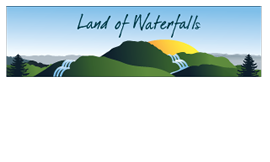The population of Brevard quadrupled between
1900 and 1930. With this large increase the local economy and workforce
was changing. Many people continued to make their living in agriculture
but they often supplemented it with other jobs. Others left the farm,
moving into Brevard where there was a growing need for skilled workers.
 |
| Construction workers at the Aethelwold Hotel. |
Builders and
contractors, like the Kilpatrick Brothers and J.A. Miller, hired both tradesmen
and day laborers to help with the construction of the brick buildings that were
replacing the old wooden shops downtown. The booming housing market also
required construction workers. J.M.
Kilpatrick’s time book for the construction of Silvermont in 1916-1917 lists worker’s names, the days and hours worked, rate of pay (12.5-50₵ per hour), and monthly
pay.
Merchants opened shops in the new
downtown buildings owned by the McMinns, Joe Clayton, Joseph Picklesimer,
Thomas Shipman, and others. These shops needed bookkeepers, clerks, sales
people, and tradesmen. There were bakeries, barber shops, butcher shops,
clothing, furniture, grocery, hardware, millinery, and shoe stores.
City and county government employed a
number of individuals as bookkeepers, clerks, law enforcement officers, and in
other positions.
Banks and professional offices required
trained workers as well. The 1900 U.S. Census lists five lawyers in Brevard—William
Breese, William Duckworth, Daniel English, Waightstill Gash, and Welch
Galloway. There were also five physicians listed within the town of
Brevard. They were Edwin English, Charles Hunt, Mitchell King, William Wallis,
and George Young.
 |
| Some of the Franklin Hotel staff. |
As tourism increased service industry
jobs grew as well. The Aethelwold and Franklin Hotels employed bellboys,
clerks, cooks, and housekeepers. The Franklin also had groundskeepers.
In addition there were numerous
livery services and blacksmiths in the early 1900s. Early tourism
brochures advertised saddle horses and carriages available to lease at Brevard
Livery and King Livery. In the mid-1920s
automobile dealerships and service stations began replacing the horse and buggy
and livery stables.
All of these offered employment
opportunities to residents in and around Brevard. In addition there were several manufacturing
and industrial businesses within the town of Brevard during its first three
decades. Next week Picturing the Past
will feature the Brevard Cotton Mill and other manufacturers.
Photographs and information for this column are provided by the Rowell Bosse
North Carolina Room, Transylvania County Library. Visit the NC Room
during regular library hours (Monday-Friday) to learn more about our history
and see additional photographs. For more information, comments, or suggestions
contact Marcy at [email protected] or 828-884-1820.



